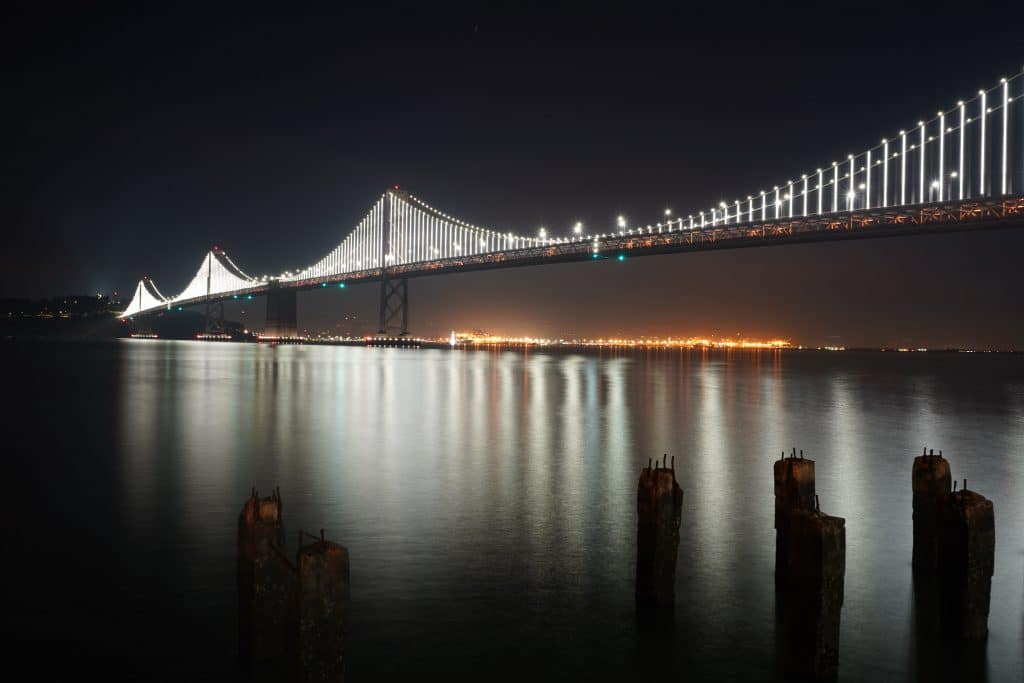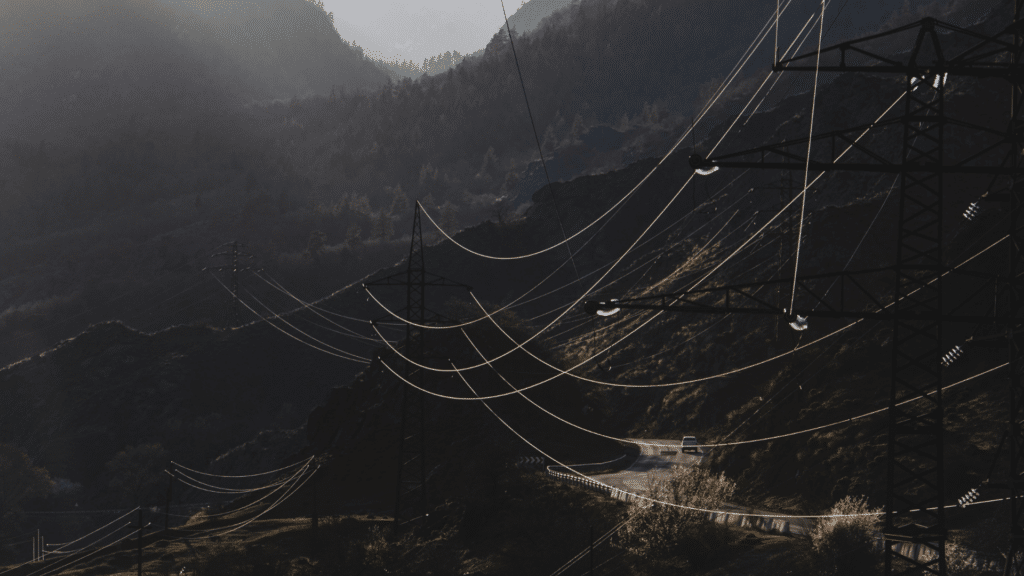Are Consumers Upending the Utilities Business Model?
Highlights from the online talk: the future of energy utilities
In the US, the country of Apple, Google, Amazon, Netflix, and Tesla, have the energy utilities a future? And which one? We cannot avoid asking that question, while we also wonder whether the US perspective could make sense anywhere else, like in Canada, Brazil, Europe, Australia, or India…
The Future of Utilities
In the first event of the new online talks series, hosted by FSR Director, Jean-Michel Glachant, our panelists interviewed Ahmad Faruqui, Principal at Brattle Group in San Francisco with more than 40 years of work experience on issues related to customer engagement, including rate design, load flexibility, distributed energy resources, demand forecasting, and electrification. Clara Poletti (Italian regulator) questioned Ahmad from the EU landscape. Stephen Littlechild (founding father of retail competition) from a non-EU landscape (UK, Canada, New-Zealand, Australia). Swetha Bhagwat (Head of FSR Global) from the Indian and non-Western World.
Highlights from the presentation of Ahmad Faruqui: Are Consumers Upending the Utilities Business Model?
Consumers are becoming more active turning into prosumers and even prosumagers to mitigate high electricity costs. By 2025, more than 25% of all behind-the-meter solar systems will be paired with storage, compared to under 5% in 2019. Furthermore, the recent trend of electric vehicles adoption shows high consumer participation. In the bid for decarbonisation, utilities are now encouraging the consumer to switch to heat pumps for space and building heating. So, what lies ahead?
- As consumption slows down, utility revenues shrink but costs do not, thus leading to utilities raising rates. As a consequence, more consumers become prosumers thus exacerbating the problem.
- As the number of active consumers rise, utilities mandate time-of-use rates, turning prosumers into prosumagers
- As the share of renewable resources increase, there is a greater need for flexibility to maintain grid reliability
- California’s blackouts are a reminder of what might go wrong in the future.
- California (and eventually the US) needs to introduce more price-responsive demand via dynamic pricing. The smart meters and the necessary technology to get prices-to-devices already exist.
Download the presentation of Mr. Faruqui
Clara Poletti
- In the EU, we are experiencing deep transformation, but it’s different compared to California.
- Are high costs the prime driver for change in consumer behaviour or is it government incentives? This insight would aid in better understanding consumer behaviour and consequently, better regulatory actions.
Ahmad: Consumers respond to 3 stimuli – price, incentives (income tax benefits), and desire to go green.
- Another key challenge is data availability to both consumer and the technology to use it. The key is to have a combination of technology rollout and consumer engagement. Hence, dynamic regulation is needed with new incentive mechanisms. How do we design these regulations while managing uncertainties and how do we manage the response?
Ahmad: Incentive regulation should be forward-looking and not backward, but the challenge is who will do it? Retail markets appear to be frozen in comparison to wholesale markets, which are innovating
Stephen Littlechild
What do we do about markets?
- Is the shift from passive to active consumers exceptional or typical in the USA? Is it mainly a solar-driven phenomenon in California or is it widespread?
Ahmad: The falling cost of solar panels is the driver. The rooftop revolution can be seen even in states such as Texas, Kansas, and Montana.
- All your points focus on innovation and the challenges that they bring. To me, innovation is bound up withcompetition. Yet, your paper doesn’t mention competition. Is that because it is self-evident or irrelevant? Should we encourage retail competition or does it get in the way? Is innovation best left to the regulator?
Ahmad: The answer to this question depends on how we define competition. Retail competition means multiple electricity providers, which is not the case in most parts of USA. 14 states have competition but face the challenge of the perception of fraud. Competition of the other kind from such as third party providers – aggregators – also exists.
Swetha Bhagwat
India is at the crossroads trying to push renewables while innovating. While the country is hungry to grow, consumer paying capability is a challenge. Dynamic tariffs does seem like a solution and India is towing with the idea for large consumers. But to go beyond some challenges remain.
- Many utilities in the developing countries are in poor financial health and with limited resources to invest in the necessary infrastructure. How should smart technology rollout be planned and executed when finances are constrained?
Ahmad: A CBA analysis would be needed state-wise to plan for the technology rollout. Now is this exotic or do people do it? In the USA less than 1% of the 100 million smart meter consumers opt for dynamic tariff. The limitation here is not technology, but the consumer’s inhibition to change due to the fear of the unknown.
- The early-stage adopter of dynamic tariff may be the affluent consumers, who have the necessary awareness, time, and money to invest in smart technologies such as smart homes. Whereas the ones that would benefit the most would be the vulnerable consumers, but they simply don’t have the time, affordability nor the awareness. How can this socio-economic paradox which hinders different consumer participation be tackled?
Ahmad: This is a challenge that is also faced in the USA. One of the solutions presenting itself is community solar as opposed to the individual consumer, where the effort is distributed. Another way would be for the governments to play a role by providing subsidies to the bills for vulnerable consumers or provide free better quality appliances.
More about our online series
In September 2020, the Florence School of Regulation launched four new series that take our online events to the next level, improving their accessibility and the quality of your experience: FSR talks, FSR insights, FSR conversations, and FSR debates.
Every Wednesday online
All the events will be freely accessible upon registration. The events will take place on Zoom and on our social media channels. The recording and presentations will always be made available.






